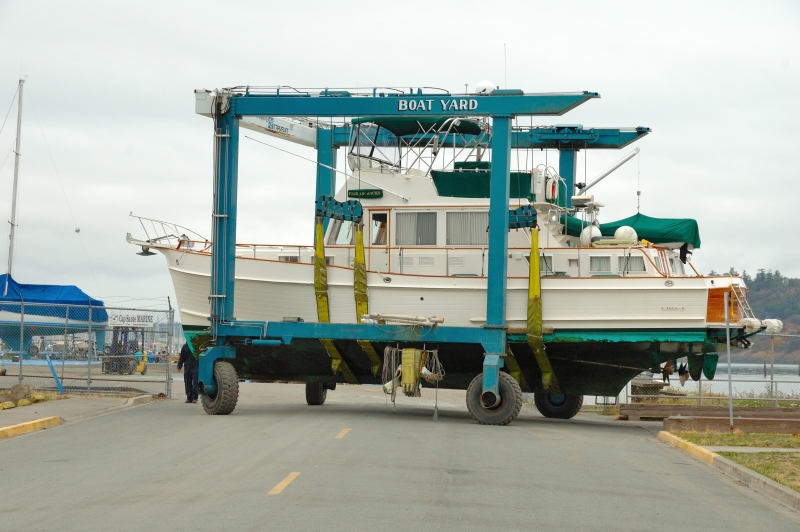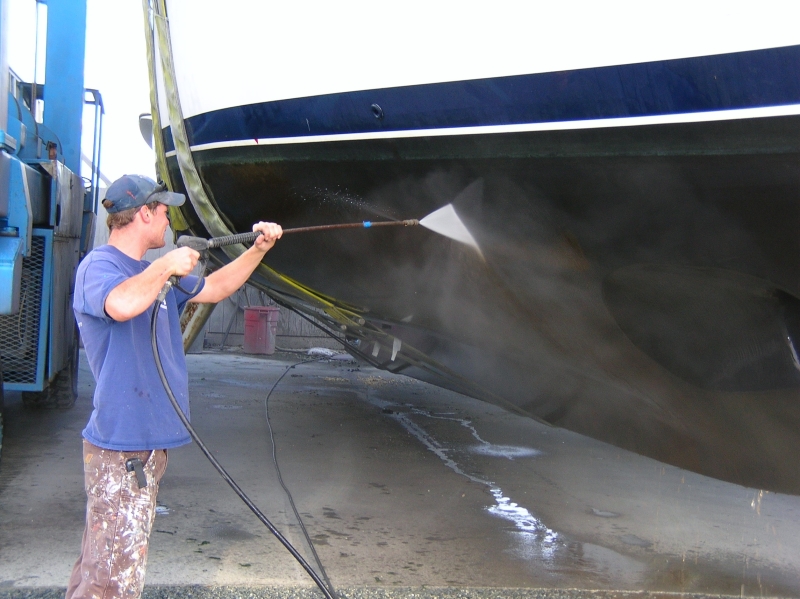Preparing for the Boatyard
18th March 2024
Before delivering your vessel to the boatyard for service or repair, you can do a few things to ensure its time on the hard goes as anticipated, the effort is completed on schedule and there are no surprises.
Establishing a well-developed work order is the most fundamental tool for every job, large or small, for you and the yard to rely on throughout the effort. It establishes a baseline for the activity. It will be the place to record, in writing, the scope of work, schedule, estimates, its status, change orders, anomalies encountered along the way, materials needed, specific requirements, and warranty issues. A work order must be in writing and signed by all parties to show agreement and protect all involved. Simply calling the yard and ordering engine service is not sufficient. It must have provisions for the scope of the job, change provisions, start and completion dates, cost estimates and cost overrun clause, and a work order is the place for all that. A large project work order should have a provision for status updates. Get it all in writing.

Take precautions to prepare your boat for time in the boatyard. The work may generate dust and other messes. Make sure you know how your boat is to be protected during the work that is being done on yours and other boats nearby. Make sure you have made it clear that you expect the boat to be returned to the same condition as delivered.
Provide the yard with any boat hauling/lifting information or experience you have about your boat. Putting instructional tags everywhere can be helpful. Technicians appreciate these tags (e.g., “fuel cutoff below helm seat” or “short in genset, do not start,”). These tags speed up the work and can prevent damage to your boat and to service personnel.
A clean engine room and bilge makes it easier for service personnel to finish their work. Keep work areas as clutter-free as possible. If you must keep items on board, label your gear with the boat’s name, particularly lines, fenders, and boat hooks. They could end up on someone else’s boat. Lock up or remove portable electronics, fishing gear and valuables. Even though the boat is in the yard, the safety and security of the items aboard are your responsibility.
Make a line drawing of your boat and review it with the service manager. You can use the drawing to point out any imperfections. Ask the service manager to date and sign the drawing. If there are any new dings in the gel coat after service, there will be no doubt about who’s responsible for the repair.

It’s also a good idea to give the yard a list that includes relevant serial numbers, starting instructions and other valuable information, such as the location of power panel and seacocks.
Lastly, keep the communication lines open and establish expectations up front. Reach out to the boatyard if they don’t keep you informed on a regular basis.


